A Look At Diversity, Inclusivity, and Accessibility in Ballet Over The Years
By Neha Chowdhury
The world of ballet has long been perceived as an exclusive domain, catering primarily to the elite and privileged. With its steadfast historical roots in 15th and 16th-century Italian courts, ballet has followed an incredibly difficult journey on the road of diversifying the playing field, where those who “fit the bill” are favoured, and one in which the economically, racially, culturally, and physically disadvantaged have taken the brunt of the blow. But why should a difference in economic or physical capabilities affect a person’s chances to follow their dreams? A closer examination reveals a complex and evolving landscape, where the pursuit of inclusivity, diversity, and accessibility has become an increasingly pressing concern.
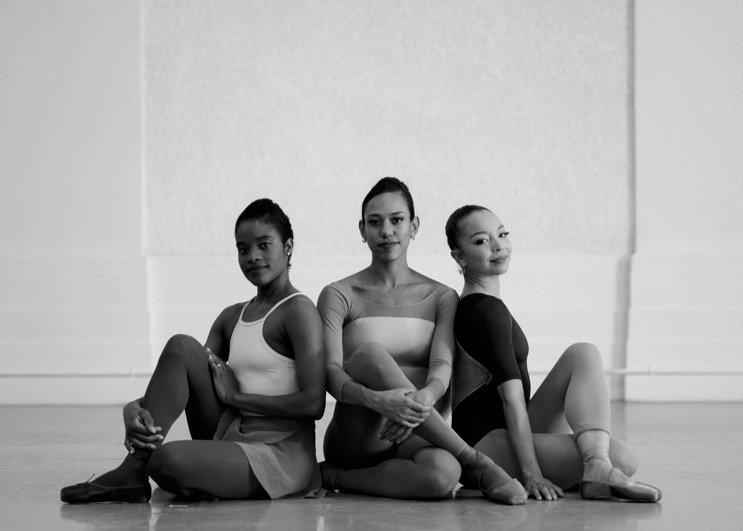
Ingrid Silva, Lindsey Donnell, and Stephanie Rae Williams of Dance Theater of Harlem
Historically, ballet has been associated with European aristocracy. It was an art form that predominantly featured white dancers and adhered to strict standards of body type, gender roles, and racial uniformity. The aesthetic ideal in classical ballet often excluded those who didn’t fit a very narrow mould—typically, white, slender, and able-bodied individuals. Deeply intertwined with the shaping of colonial and national identities, dance has always reflected the power structures and societal hierarchies of the time. As scholars have observed, the study of dance, including ballet, can provide invaluable insights into the dynamics of cultural formation, the construction of social identities, and the ways in which power is manifested and challenged through embodied practices. A simple example of this is in the Mahua culture, native to Mexico, where the Danza de la Malinche reflects the matriarchal roots of the people. Through this art form, they are able to communicate the central role of women in family and society. Similarly, in the world of ballet, a sense of purity and European hegemony continues to be reflected in who ‘can’ and ‘cannot’ do ballet. Often regarded as the “guardians” of ballet, there are a number of individuals who believe that those with classically Eurocentric or white features are most capable and eligible to represent the technical as well as performance aspects of ballet. Furthermore, since ballets usually rely on a body of dancers (known as the corps de ballet), many conductors and instructors have used homogeneity as an excuse to exclude dancers of colour, those with disabilities, and those with body shapes straying from the ‘norm’, resulting in an analogous group where everyone blends in, and no one is allowed to stand out, regardless of merit.
In recent decades, however, a growing body of scholarship has highlighted the capacity for ballet to be reimagined and reinterpreted, challenging the patriarchal and exclusionary norms that have long defined the art form. Researchers have explored how ballet can be a site for the negotiation of gender, ethnic, and national identities. “In a society where there is no adventure, the only adventure is to destroy that society.” This sentiment has been carried by many of the key figures of ballet evolution (with regard to inclusivity). Evelyn Cisneros, the first Hispanic principal dancer in American history, has shared in multiple interviews her experiences with racism in the industry. Early in her career, she was often asked to lighten her skin with makeup to match the other dancers. Others in the fight for breathing cultural life into ballet include Arthur Mitchell, Janet Collins, and recently, Misty Copeland, whom you can read about in “Breaking Pointe- Introduction to Dancers and Choreographers Who Have Overcome Challenges and Made The World More Inclusive” on page 8. When the world is a scarf of thousands of colours and types of yarn, why do we seem to be required to unravel it into one boring piece of fabric?
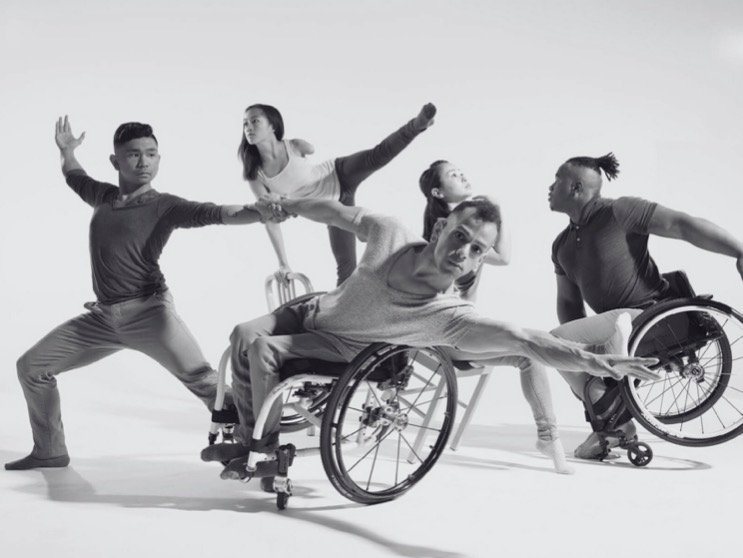
Photo: David de Silva
The attribution of ballet with baby-pink tutus and pale shoes has contributed to the marginalisation of dancers who do not fit the traditional mould. This narrow perception has often posed significant barriers for individuals from underrepresented communities, limiting their opportunities for advancement and recognition within the dance world, as well as preventing children and adults alike from realising their true skill and passion. Moreover, this gatekeeping of ballet has deprived the dance world of those with real passion, all because their skin was not the ‘desired’ colour, or because their bodies did not fit the cutout mould.
The representation of ballet in mainstream media has played an enormous role in shaping the world of dance. While it has been used to promote and encourage progress, years of regressive depiction alienating ‘different’ dancers has taken its toll. Ballet has often been portrayed through a narrow lens, focusing on the classical, predominantly white, and slim-bodied image of dancers. This has reinforced and ingrained stereotypes, which has ultimately pushed away those who do not conform to the standard, discouraging them from trying, appreciating, and pursuing ballet. Recently, the world of arts and performance crafts (including music, acting, etc.) has seen the rise of tokenism, a phenomenon where inclusivity in representation has been taken into account only on a superficial level. In simpler words, ‘diversity casts’ or performers from diverse backgrounds are chosen for roles simply to variegate the stage, and to ‘appease’ ideals of liberalism, instead of being based on merit, and whether someone is fit or ready for a role. This, however, is a double-edged sword; with increasing diversity, with success in the fight against cultural conformity, those selected even for their merit receive backlash and are placed under the umbrella of diversity casting and tokenism. Outside the ballet world, an example of this is in the 2023 television series Percy Jackson and the Olympians, where 14-year-old afro-american actress Leah Sava Jeffries faces hate for both being black and ‘cast for the press’ as well as for being ‘unfit’ for her role as blonde-haired, blue-eyed Annabeth Chase. In conclusion, tokenism, in the world of ballet and performing arts, is leading to a facade of inclusivity where true integration of differences and cultures rarely takes place.
Regardless, different communities have faced unique challenges in the ballet world, each fighting for the same cause; if I love ballet, if my heart is in the music, then dance I shall. In this article, we’ll step into the shoes of four broad groups, and look at ever-evolving ballet through three perspectives, covering their individual struggles, prominent figures, and mitigation efforts; the racially disadvantaged, the physically challenged, and the economically deprived.
 RACISM in Ballet
RACISM in Ballet
As previously mentioned, ballet being a white-favouring art has been a persistent issue for a very long time. Black, Indigenous, and People of Color (BIPOC) have faced strong discrimination and underrepresentation in the ballet community due to biases towards the Eurocentric standard of beauty. During the process of selection, BIPOC are often dismissed purely due to what colour skin they have as well as whether they will or will not ‘fit’ into the ensemble, despite being adequately talented and having more than enough skill. Additionally, dancers of colour have been overlooked for lead roles in favour of those with the ‘classical ballet’ look, or features including light skin and thin bodies, which has stunted their careers and limited their opportunities to gain recognition for their performance dexterity. In the past, many historical ballets have contributed to the alienation of the coloured community. One example is “La Bayadère”, set in India, where the depiction of the country, as well as Indian roles such as fakirs (Holy men) and temple dancers, have been reduced to a stereotypical, Western view of the “Exotic East” rather than true representation of Indian culture.
Dancers of colour who have been selected continue to face significant challenges navigating the world of dance. Many have been asked to lighten their skin or straighten their hair to fit in with the rest of the group, or they’ve been excluded from performances deemed ‘too white’ for their participation. “Try again next time,” they have been told—the unspoken message being “when your skin is as light as the others”. Despite these barriers, several individuals stand out in the drive to dismantle racism in ballet, including Maria Tallchief, America’s first major prima ballerina of Osage heritage. In a 1996 interview with the Los Angeles Times, Tallchief emphasised the importance of being recognized beyond her appearance. “Above all, I wanted to be a prima ballerina who happened to be a Native American. I wanted to transcend my background and the colour of my skin and just be accepted as a dancer,” she said.
ACCESSIBILITY in Ballet
The physically disabled face incredibly unfair difficulties due to the rigorous aesthetic standards and demanding physical requirements of ballet. Ballet traditionally favours a specific body type and flawless movement, which can create significant barriers for those who do not fit this narrow ideal. Challenges include inaccessible training facilities, limited modes of instruction adapted to best suit dancers with challenges, and a lack of roles tailored for disabled dancers. Dancers must fit roles, instead of roles made to fit dancers. In the contemporary world, this ideology is hard to buy into considering that ballet is a continuously developing form of art. The competitive nature of ballet often results in disabled individuals being excluded from opportunities because they do not conform to traditional expectations, often resulting in deep psychological challenges as dancers feel as though they must work twice as hard to prove their worth in an unwelcome environment. However, efforts are being made to address these issues and promote inclusivity. For instance, organisations like the Dance Ability International and the AXIS Dance Company are pioneering accessibility in their facilities and curricula, ensuring that aspiring dancers with disabilities have the support they need. Despite ongoing challenges, these initiatives are helping to redefine ballet as an art form where diverse bodies and abilities are celebrated, fostering a more inclusive and welcoming community.
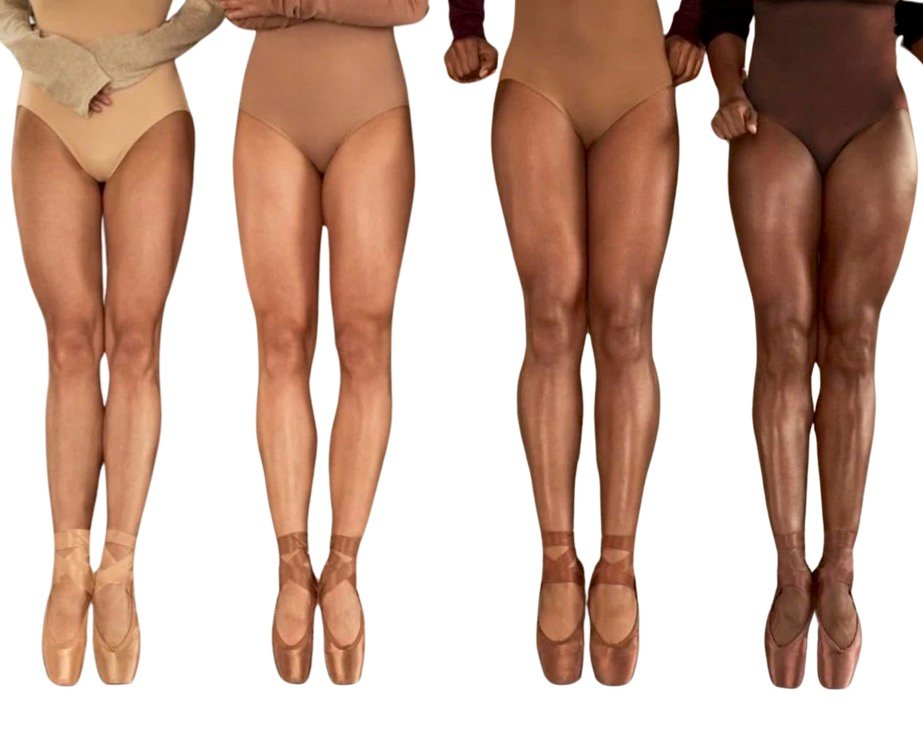
Photo: Bloch UK
FINANCIAL STRUGGLES in Ballet
Ballet, with its deep roots in elitism and superiority, continues to be a reward just out of reach for those not made of money. Totaling the cost of regular classes, uniforms, shoes, and transportation to and from the studio, the dream of ballet burns into wispy ashes and disappears as a recreational activity, let alone a profession. These economic hardships lock away dancers whose hands are tied simply because they do not have the funds to support an extremely expensive ambition. Many lose the opportunity to seek out their potential, which ultimately deprives the ballet community of enrichment. Furthermore, dancers who do manage to enter the ballet world with strained finances are often discriminated against, and judged for not having the shiniest new shoes or the most expensive new leotard. This also has psychological impacts that become deeply ingrained with years of conditioning. The stress of monetary instability, coupled with the pressure to meet the high demands of ballet training and performance, can impact mental health and overall well-being. These dancers may face stigmatisation or feel marginalised within a field where exclusivity and wealth are symbols of glamour and better capability. Finally, nepotism plays a prominent role in whether someone can ‘make it big’ or not. Audition processes may sometimes favour those who are able to receive additional training and pay for expensive costuming, opening them up to networking opportunities and favouritism within an institution that isn’t available to dancers from less privileged backgrounds. To summarise, in a dog-eat-dog world, those with money, and indirectly, power, are able to mould opportunities for themselves, while the disenfranchised must create them without even an instruction booklet.
Despite these challenges, there are ongoing efforts to address economic discrimination in ballet. Some organisations and programs aim to provide scholarships, financial aid, and subsidised training to talented dancers from lower-income backgrounds, and while progress is being made, the ballet world still has much work to do to ensure that all dancers are given equal opportunities and support.
The pursuit of grace and beauty has too often overshadowed the urgent need for inclusivity, diversity, and accessibility. Historical elitism and rigid standards have marginalised those who do not fit the narrow definitions of privilege, race, ability, and economic status. Yet, the push for a more dynamic ballet community is not just about expanding opportunities—it’s about enriching the style of art itself. By embracing diverse voices and bodies, ballet can evolve into a richer, more authentic reflection of the world it strives to reflect, a world that includes everyone regardless of their differences. The ballet world shouldn’t be perceived as an exclusive door to be entered; rather, a community to find passion, heart, and comfort in. Changing this perception accompanies true progress, as soon as every dancer, regardless of background or ability, can step into the spotlight and be celebrated for their unique contributions. As ballet continues to deconstruct these barriers, it will pave the way for a more vibrant future, where the beauty of the dance is defined not by uniformity but by diversity and genuine expression.

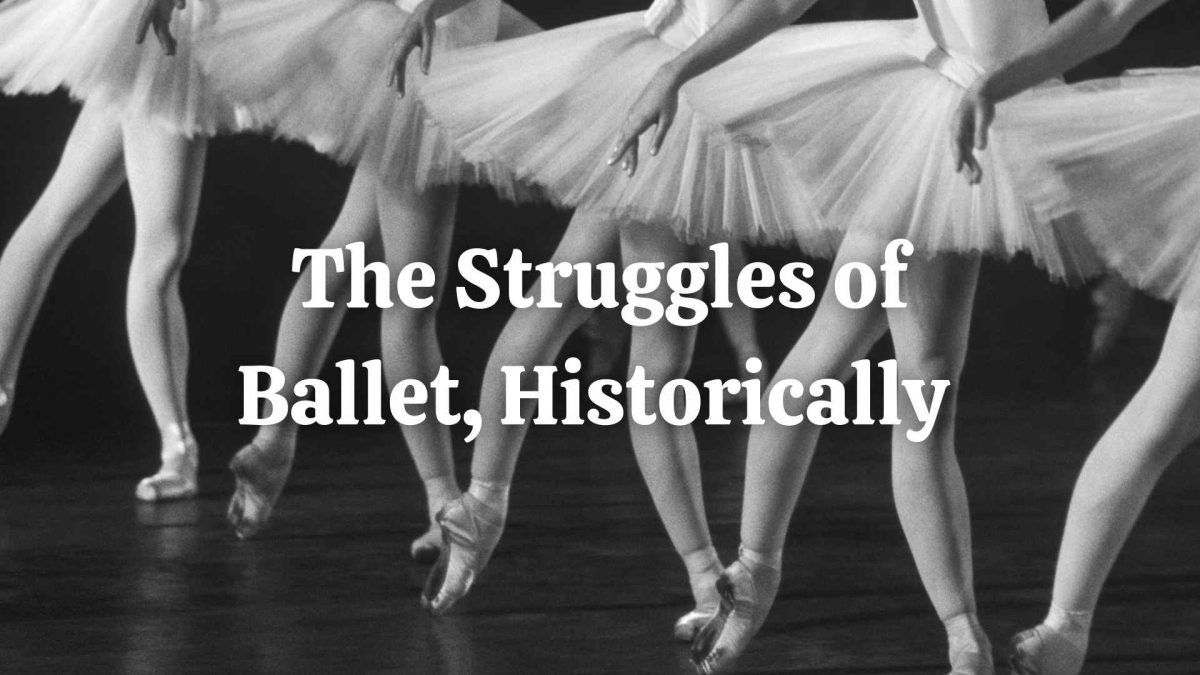
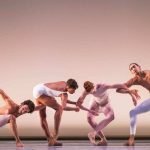

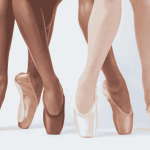

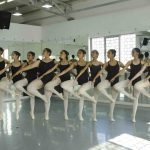
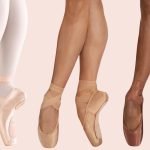
Leave a Reply